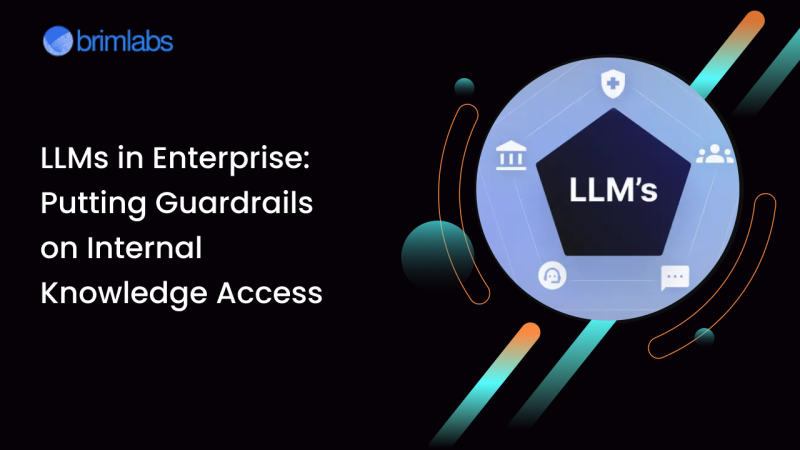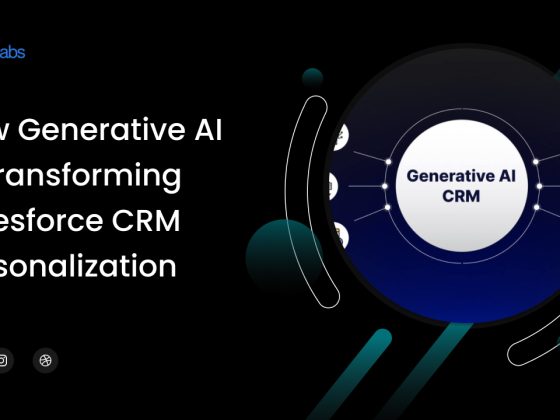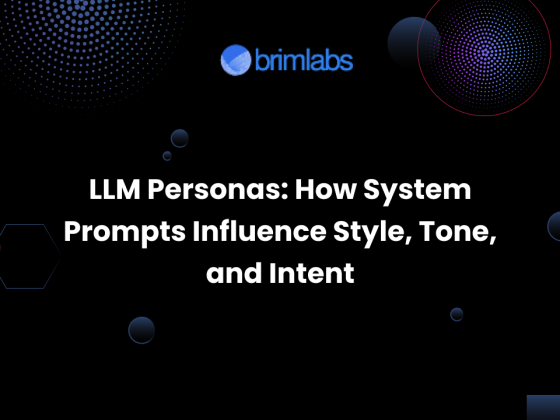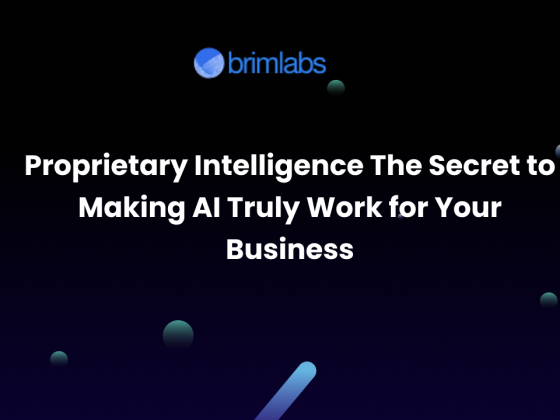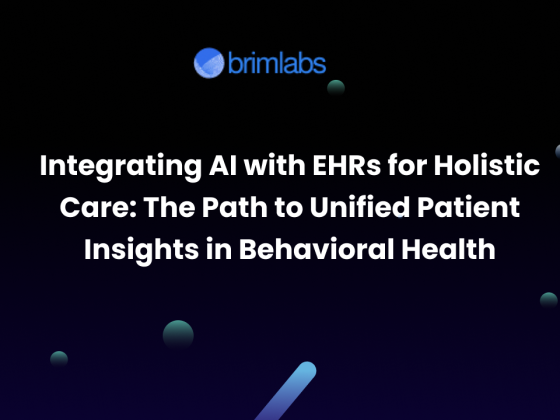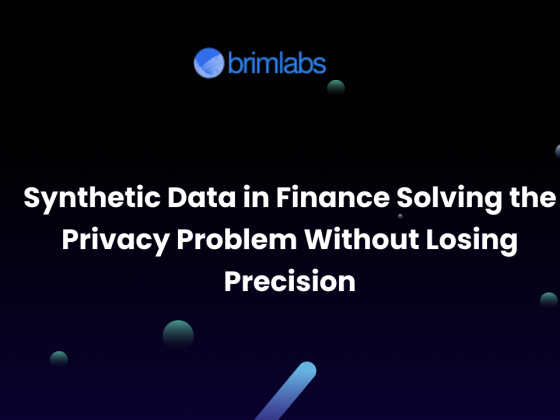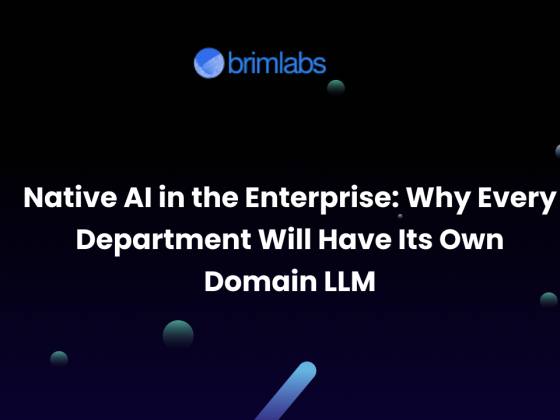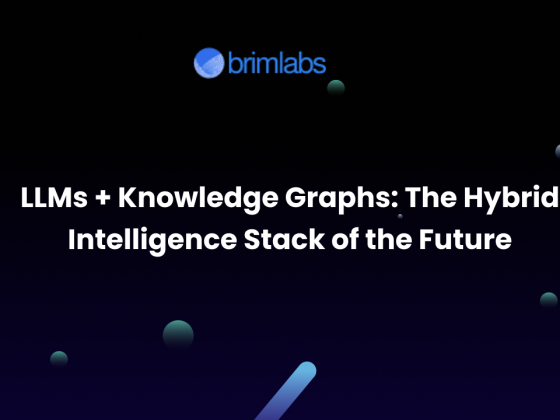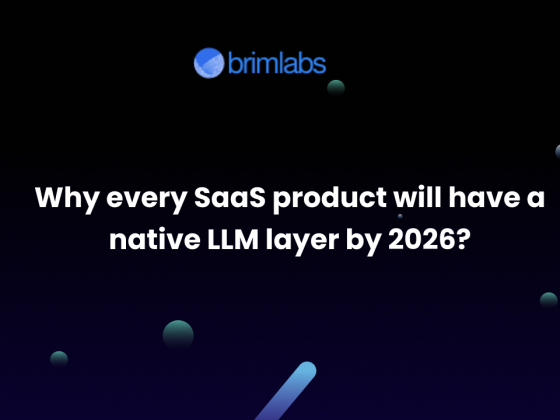LLMs are revolutionizing the way enterprises interact with internal knowledge. From automating customer support to streamlining workflows and boosting employee productivity, LLMs have unlocked unprecedented opportunities. However, with great power comes great responsibility—especially when it involves sensitive corporate data.
As enterprises embrace LLMs to enhance internal systems, a crucial question emerges: How do you put effective guardrails on internal knowledge access?
Let’s explore the role of LLMs in enterprise, the challenges of managing knowledge access, and strategies for building secure, compliant, and scalable AI solutions.
Why Enterprises Are Adopting LLMs for Internal Use
Enterprises are swimming in data such as documents, emails, wikis, support tickets, CRM entries, legal documents, and more. Manually accessing or retrieving relevant information can be time-consuming and inefficient.
LLMs can:
- Act as intelligent assistants for employees, answering questions across departments.
- Summarize complex documents, enabling faster decision-making.
- Power enterprise search engines, surfacing contextual insights instantly.
- Automate internal workflows like HR onboarding, legal compliance, or IT troubleshooting.
By integrating LLMs with internal tools, organizations are empowering employees to be more self-sufficient and efficient.
The Risks of Unrestricted Knowledge Access
Despite the benefits, unrestricted access to internal knowledge through LLMs introduces serious risks:
- Data Leakage: LLMs without access controls might inadvertently expose confidential or sensitive data, such as financial records, HR files, or strategic documents.
- Compliance Violations: Enterprises in regulated industries (e.g., finance, healthcare) must comply with data protection laws like GDPR, HIPAA, or SOX. Improper use of LLMs can lead to non-compliance.
- Misinformation & Hallucinations: Without grounding answers in authoritative sources, LLMs might fabricate responses, potentially causing reputational or legal damage.
- Privilege Escalation: An employee could unintentionally or maliciously gain access to information outside their clearance level through a chat interface.
These challenges underline the need for strong guardrails and governance when deploying LLMs internally.
Putting Guardrails in Place: Key Strategies
1. Role-Based Access Control (RBAC) and Attribute-Based Access Control (ABAC)
Ensure that the LLM only accesses data a specific user is authorized to view. For example:
- A sales rep shouldn’t access internal legal contracts.
- A junior developer shouldn’t query HR performance reviews.
Use identity and access management (IAM) systems to enforce dynamic permission rules.
2. Document-Level and Row-Level Security
Enable fine-grained access control:
- Document-level: Only allow access to specific PDFs, files, or folders.
- Row-level: If using databases or knowledge graphs, allow access to specific entries based on user roles or context.
This allows for safe knowledge retrieval without exposing sensitive datasets.
3. Retrieval-Augmented Generation (RAG) with Source Control
Avoid allowing LLMs to generate answers from training data alone. Use RAG pipelines to pull answers from vetted internal sources and provide citations.
- Ground responses in enterprise-approved documents.
- Enable transparency – users can verify where an answer came from.
This not only improves accuracy but also builds trust in AI-generated insights.
4. Audit Logging and Monitoring
Track all queries and LLM outputs:
- Who asked what?
- What sources were used?
- Was sensitive data accessed?
Audit logs help detect misuse, meet compliance requirements, and improve model performance by analyzing behavior over time.
5. Prompt Filtering and Data Redaction
Use pre-processing filters to sanitize or block sensitive queries, such as:
- “Show me everyone’s salary.”
- “List all terminations from the last quarter.”
Also, redact PII (personally identifiable information) from input/output wherever possible using automated detection tools.
6. Human-in-the-Loop Review
For high-stakes queries or critical departments (e.g., legal, finance), consider human-in-the-loop systems:
- AI drafts the answer.
- A human reviewer approves or modifies it before it’s sent.
This ensures accuracy, compliance, and safety while still improving efficiency.
7. Model Choice: Closed vs Open, Fine-Tuned vs Out-of-the-Box
Choose a deployment strategy that matches your security and performance needs:
- Closed-source models (like OpenAI’s GPT via API) may have privacy concerns unless you use enterprise-grade offerings.
- Open-source models (like Mistral, LLaMA, or Falcon) deployed on private infrastructure offer full control but need in-house expertise.
Fine-tuning models on internal documents may yield better accuracy, but increases risk if not sandboxed properly.
Real-World Use Cases
HR Virtual Assistant: Employees can ask policy-related questions, but queries about individual performance reviews are blocked via RBAC.
Legal Document Search: A lawyer can ask, “What are the indemnity clauses in our top 10 NDAs?” and get grounded, auditable responses with links to source documents.
Sales Team Enablement: Sales reps can use a chatbot to query competitor intel or product documentation, but can’t access finance or M&A data.
Future Outlook: Policy-Driven AI Governance
As LLM usage matures in the enterprise, governance will evolve beyond technical controls to include:
- AI usage policies are embedded into workflows.
- Training and awareness programs for employees interacting with LLMs.
- Ethical guidelines around data handling, fairness, and decision-making.
Enterprises that succeed will be those that treat LLMs not just as tools but as systems requiring continuous alignment with security, compliance, and business goals.
Conclusion
As enterprises race to leverage the power of Large Language Models, it’s critical to balance innovation with responsibility. Without the right guardrails, LLMs can become vectors for data leakage, compliance breaches, and misinformation. But with thoughtful design, role-based access controls, secure retrieval architectures, prompt governance, and auditability organizations can safely unlock the full potential of AI.
At Brim Labs, we specialize in building enterprise-grade AI solutions that are secure, compliant, and tailored to your organization’s knowledge ecosystem. Whether you’re exploring RAG pipelines, deploying private LLMs, or designing access-aware AI assistants, our team ensures your systems are both intelligent and safe.
Ready to integrate LLMs into your enterprise with the right safeguards in place?
Let’s co-build it together: brimlabs.ai

